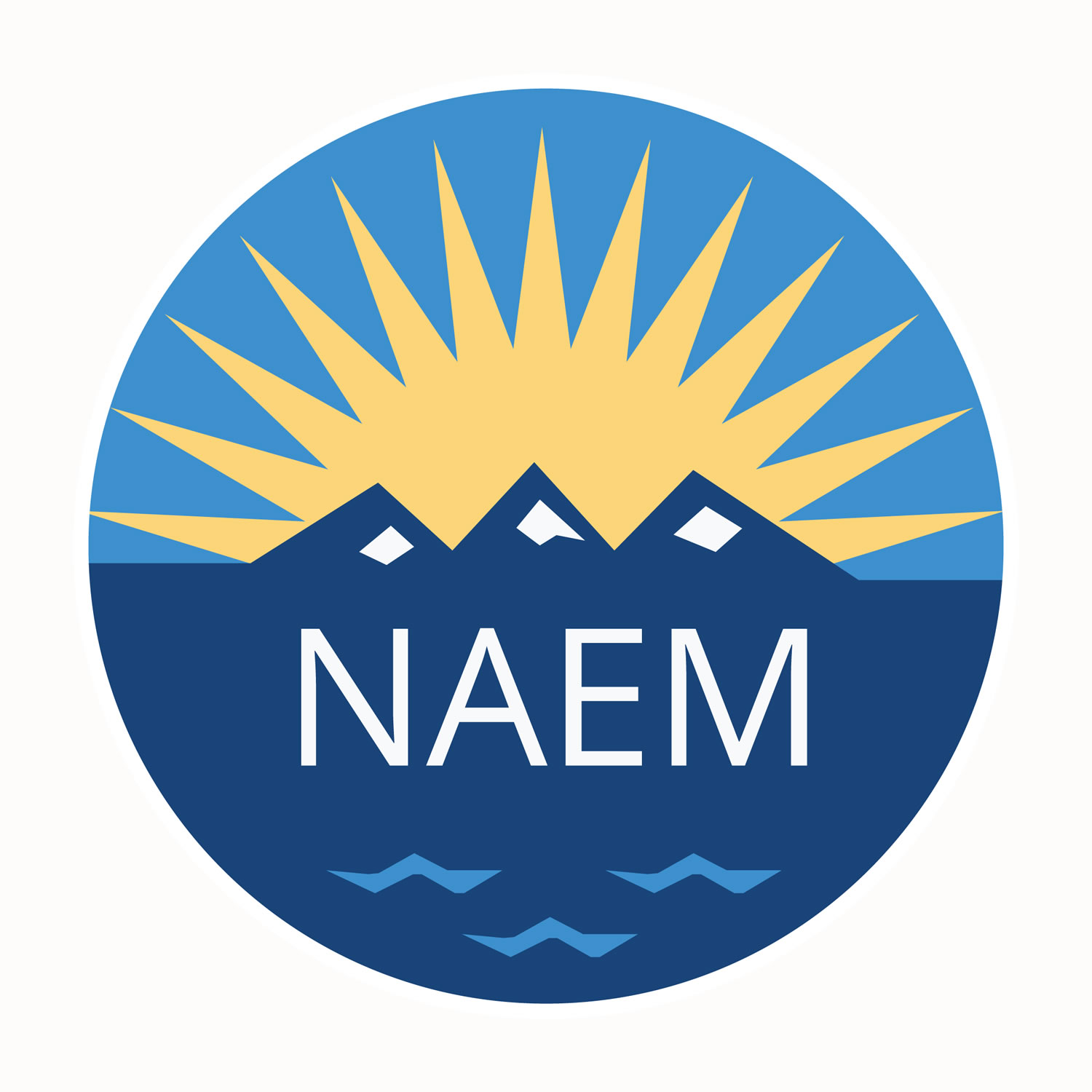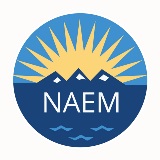From a Similar Foundation, Many Solutions for Managing Compliance

“What struck me most was the diverse approaches to this topic,” said Mark Hause, benchmarking chairman and a member of NAEM’s Board of Directors. “It shows that you can approach things from different perspectives, take learnings from lots of different people and end up improving your system.”
With sessions that covered a variety of EHS compliance topicsfrom building management systems and assessing risks to setting metrics and auditing best practices, the 2015 Compliance Excellence Conference illustrated that building successful compliance programs requires a nuanced understanding of a company’s operations, according to Mr. Hause.
“It may be, especially for diversified companies, that the risks are totally different from one facility to another,” he said.
One strategy for managing these disparate factors is to take an integrated approach to risk management, as described in the keynote presentation by Rodney Canada, Vice President of Environmental Health, Safety and Sustainability for CP Kelco.
“When is an EHS project with no apparent visible economic return more important than a significant capital project? How do you quantify the value of a human life, something which is priceless? How do you value the reputational risk of a significant notice of violation, not just its dollar amount?” he wrote in a blog post for The Green Tie.
According to Mr. Canada, mapping potential risks along the axes of ‘Likelihood’ versus ‘Severity’ can provide clarity to conversations about how to invest precious EHS resources. Framing EHS in these terms also gives business leaders a common framework in which to weigh these investments against other potential priorities.
“When done right, [this approach] creates a common, non financial risk language for comparing competing capital demands,” he wrote. “The key is to culturally define where EHS risks sit on a risk matrix compared to other business risks.”
Assigning the right human resources to address those priorities is also an area that also requires a deep knowledge of business needs, according to Kisa Adkins, Global Environmental Compliance Program Manager for Newell Rubbermaid Inc., who presented on the topic.
“It’s really [about] defining your needs and the expectations of your staff…understanding what your needs are, what the skill set is that the person has to have, and being able to decipher what you need out of the role,” she said.
Ms. Adkins described how she implemented her compliance management system by leveraging the talent of those who can be effective in the role even without formal EHS experience and titles.
She began by defining the management system areas and developing programs that related to the company’s operations. Her team then conducted targeted training to empower these surrogates with the knowledge they needed to manage the specific risk areas at each site.
“We did not need them to be an air expert or a wastewater expert, but rather to understand operational compliance, when to ask questions, and when to identify issues and troubleshoot,” she said. “It’s very much a partnership [with corporate EHS].”
Using existing talent not only helped saved money, but also helped to integrate the management system into how the company was already operating.
“These people are very well integrated into the site,” she said. “They know the business, they know the materials and the operations; it was just adding another level of education for them about how to manage an environmental compliance program.”
As Ms. Adkins pointed out, the process of creatively staffing an EHS program is not dissimilar to solving so many other compliance challenges.
“We’re all using different names but the same tools,” she said. “It’s what you choose to do with it and how you define it at your site that’s key.”
Sponsored Content
About the Author

NAEM Staff
The National Association for Environmental, Health and Safety, and Sustainability (EHS&S) Management (NAEM) empowers corporate leaders to advance environmental stewardship, create safe and healthy workplaces and promote global sustainability. As the
leading business community for EHS&S decision-makers, we provide engaging forums, a curated network, peer benchmarking, research insights and tools for solving today’s corporate EHS&S management challenges. Visit us online at naem.org.


